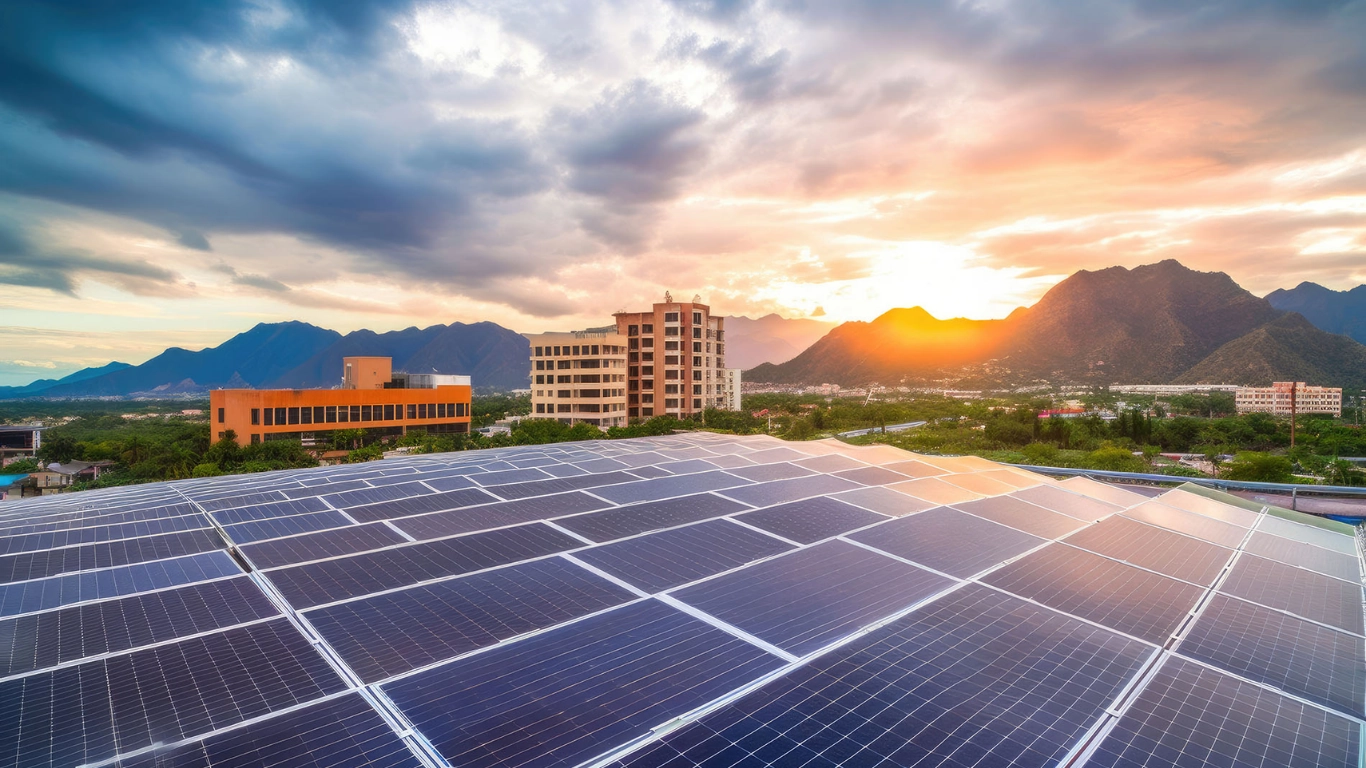
Islanded Microgrids and Microgrid Orchestrators for Power Management
Contents
I. Abstract
As global efforts intensify to transition towards sustainable energy solutions, islanded microgrids have surfaced as transformative technology. These self-reliant energy systems, empowered by renewable sources and managed through sophisticated microgrid orchestrators, pave a promising path towards energy resilience and decarbonization. This article delves into the evolution of islanded microgrids, examining their significant role, the strategic function of microgrid orchestrators, and the prospective future developments and challenges within this rapidly advancing field. By evaluating their technological progress, environmental impacts, and socio-economic benefits, the article underscores the potential of islanded microgrids to revolutionize energy delivery in remote locations and beyond.
II. Introduction
Confronted with climate change and escalating demands for dependable, sustainable energy, the global community has turned towards developing resilient and efficient energy systems. Islanded microgrids represent a critical solution to these challenges, functioning independently from the central power grid to supply localized energy needs. These systems integrate a diverse array of distributed energy resources (DERs), including solar panels, wind turbines, and energy storage units, underpinned by advanced microgrid orchestrators that optimize operations and maintain stable power supplies.
Through state-of-the-art technology, microgrid orchestrators use AI and real-time data analytics to manage DERs dynamically, ensuring energy production aligns seamlessly with consumption patterns. This article explores the evolution of islanded microgrids, their environmental and socio-economic impacts, and the integral role of microgrid orchestrators. It also discusses potential future directions and emerging challenges in this swiftly evolving sector, aiming to provide a comprehensive view of the landscape of sustainable energy solutions.
III. Evolution of Islanded Microgrids
Initially conceived as backup power solutions during grid outages, islanded microgrids have transformed into front-line systems for delivering sustainable and reliable power to remote and underserved communities. This significant shift has been underpinned by rapid advancements and reductions in the cost of renewable energy technologies. Today, these microgrids are not just emergency backups but viable primary power sources that enhance community resilience and energy independence.
The evolution of islanded microgrids can be traced back to the increasing viability of distributed energy resources (DERs) such as solar photovoltaics, wind turbines, and energy storage systems. These technologies have matured to offer not only reduced costs but also improved efficiencies, making them attractive alternatives to traditional energy sources. For instance, the cost of solar panels has decreased by over 80% since 2010, making solar energy more accessible to a broader range of applications and markets.
Driving this transformation are several key factors:
- Technological Advancements: Innovations in renewable energy technologies have drastically increased the efficiency and reliability of these systems. Improvements in battery storage technology have similarly revolutionized the capability of microgrids to store intermittent solar and wind energy, ensuring a stable energy supply even in variable weather conditions.
- Decreasing Costs of DERs: Economies of scale and technological improvements have led to significant decreases in the costs associated with installing and maintaining DERs. This has made the economics of running islanded microgrids increasingly favorable compared to extending traditional grid infrastructure into remote or difficult-to-serve locations.
- Rising Demand for Energy Resilience: With the increasing frequency of extreme weather events due to climate change, there is a growing demand for energy systems that can withstand and quickly recover from disruptions. Islanded microgrids offer a solution by providing reliable, localized power generation and distribution systems that are less susceptible to large-scale grid failures.
- Supportive Government Policies: Many governments worldwide have recognized the potential of microgrids to advance energy security and sustainability goals. Initiatives such as grants, tax incentives, and regulatory support have been crucial in promoting the deployment and expansion of islanded microgrids.
Together, these factors have catalyzed a paradigm shift from centralized power generation to a more distributed, decentralized model. This model not only empowers communities by giving them control over their energy resources but also enhances the overall resilience and sustainability of the energy infrastructure. The continuous evolution of islanded microgrids is paving the way for a future where they play a central role in the global energy landscape, supporting a transition towards more sustainable and resilient energy systems.
IV. The Role of Microgrid Orchestrators
Microgrid orchestrators are crucial for the efficient and stable operation of islanded microgrids, serving as the central intelligence that dynamically manages and synchronizes the system’s components. These sophisticated software systems ensure that energy production from various DERs matches the consumption demands while maintaining grid stability.
Orchestrators perform several key functions, including real-time monitoring and control, optimized energy management, enhancing grid resilience, and facilitating the integration of intermittent renewable energy sources. These functionalities help microgrid orchestrators not only to manage energy flow within the microgrid but also to achieve broader goals of sustainability and efficiency.
V. Future Directions and Challenges
The landscape of islanded microgrids is continuously evolving, with technological advancements and increasing adoption highlighting new challenges and opportunities. Future developments are likely to focus on leveraging AI, enhancing regulatory frameworks, ensuring scalability and interoperability of systems, and fostering community engagement.
Addressing these challenges through innovative solutions and supportive policies will be crucial for maximizing the effectiveness and reach of islanded microgrids, ultimately contributing to global sustainability goals and energy security.
VI. Conclusion
Islanded microgrids are at the forefront of shifting the global energy paradigm towards more decentralized, resilient, and sustainable systems. Utilizing cutting-edge technologies and effective microgrid orchestrators, these systems not only provide crucial energy resilience but also offer paths to significant environmental and socio-economic advancements. As the technology surrounding islanded microgrids continues to advance, they are set to play an increasingly vital role in the global energy landscape, especially as solutions to climate change and energy security become more urgent.
You May Also Like
Theodore Maiman, Light & Laser: Quo Vadis?
This literature review provides a comprehensive overview of the use of AI in the field of light and
Exploring the Potential of renewable energy
Explore our article for a comprehensive analysis of the advantages and possibilities offered by rene
Hydro-Energy: The Power of Water
Hydro-energy, also known as hydropower, is a key renewable electricity source essential for the glob


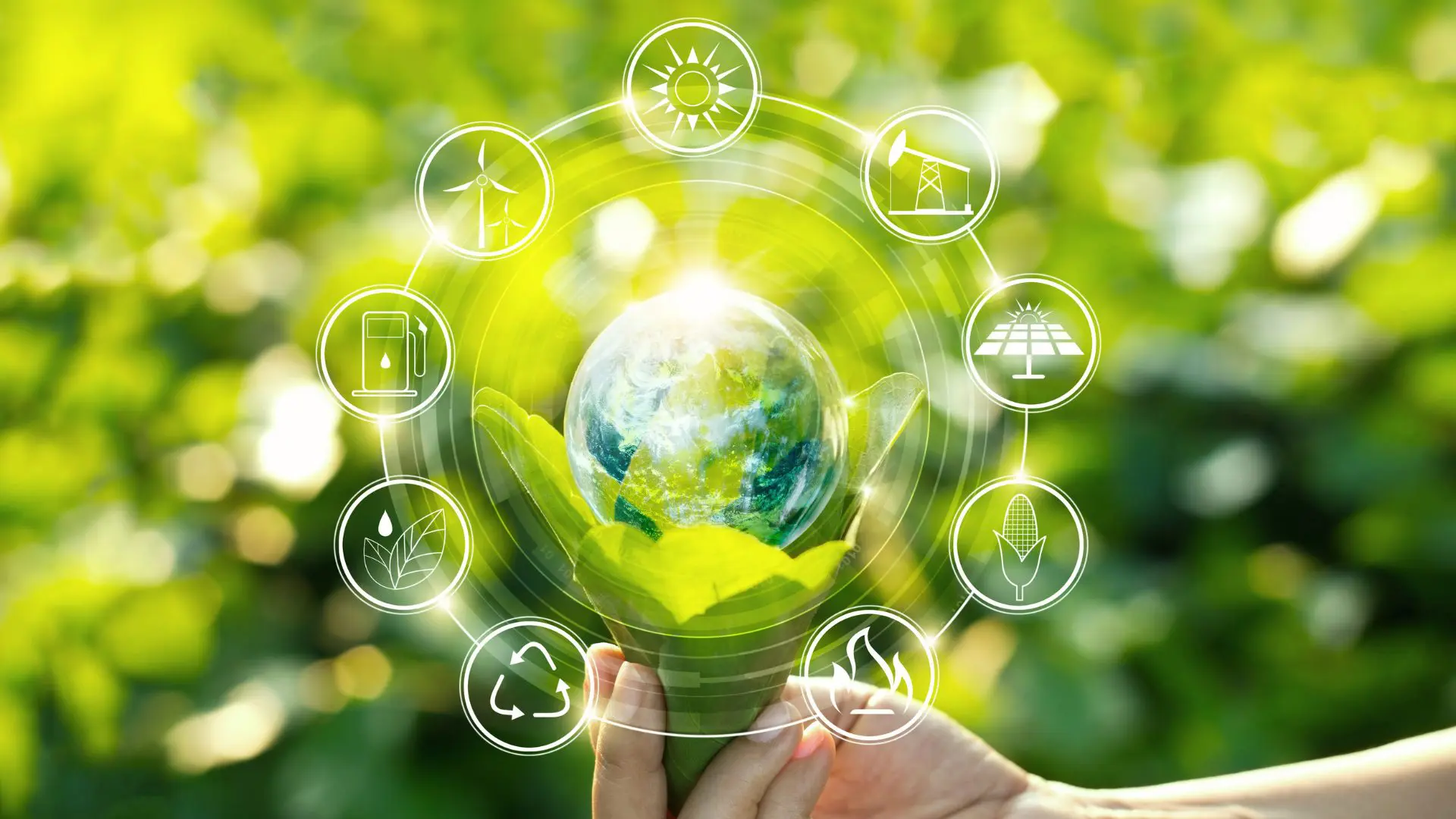

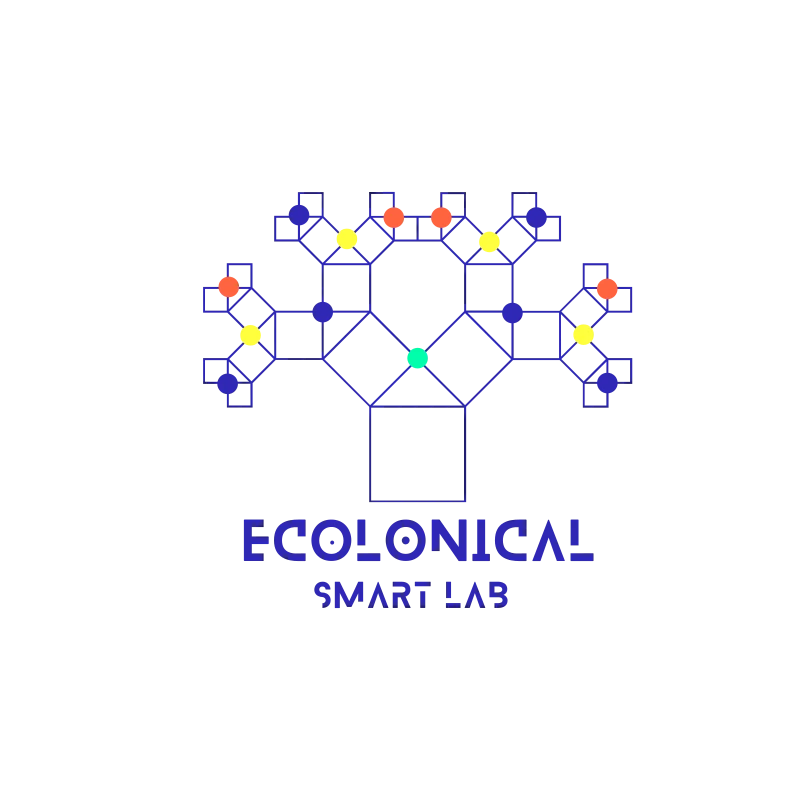
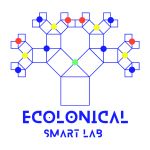

Leave a Reply